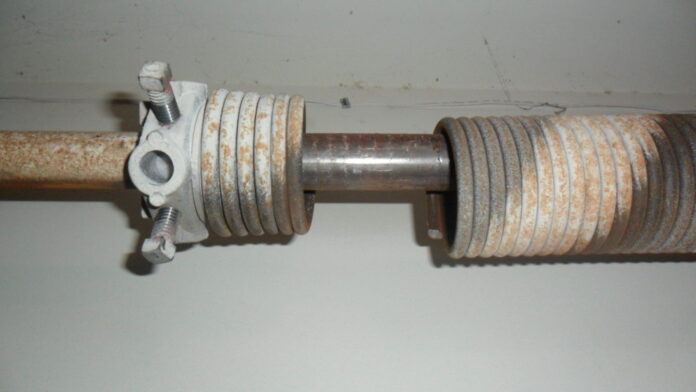What will you do when your roll up garage door springs get damaged? If a garage door isn’t functioning well, the reason might be that the door springs are having an issue.
What are these roll up garage door springs?
They are massive springs vital in closing and opening the door. The work of each spring is counteracting the gravity force on your door. The door spring should make the door lighter to make it easy for you to lift it alone or for the power garage to open it up easily. There are two types of residential garage springs: extension springs and torsion springs.
Torsion springs
They get mounted directly on top of the door. Sometimes the springs get mounted on older homes that have little garage room. When installed well, the torsion spring will balance the door. The balancing means the door should use the same pressure to close and open the door. A well-balanced door is easy to lift. The freshly balanced springs stop on each section when rollers get placed on either side of the radius.
Extension springs
In most cases, they get mounted above the door track. At times they get mounted vertically on sides, and they use the pulling force on springs to pull the garage door upwards against the gravity.
How to tell if torsion springs have a problem
Life expectancy and age play a bigger role in determining the functionality of your spring. Average spring life is between seven to nine years, assuming it makes 10000 cycles with four cycles in one day. The increased usage of these doors daily reduces the lifespan between four to six years.
The springs will rarely get damaged within a year. To avoid such, you need to buy the springs from a reputable company and have a warranty.
You need to rebalance the springs in the first two years after installation. If you install the springs in the cold weather, you need to rebalance them sooner when the weather becomes warm.
A spring requiring rebalancing can get considered as failing. The spring that has lost tension doesn’t necessarily mean it’s failing. The manufacturing companies propose one reference point for determining if springs are good and well-balanced. They use crucial tests to do these checks.
When released from the opener, doors should remain in an up position in an up position. If either of the bottom rollers moves past that line between the horizontal and vertical track to stay below the line, torsion springs have started to fail. They need tensioning.
What to do when the spring gets damaged
The spring lifts the door with help from other door components like the rollers, track, drums, and cables. Hinges, too, play a vital role in your door’s smooth operations. If the door isn’t operating smoothly, act accordingly.
You need to diagnose and rectify the problem before it causes severe damage. If you can’t handle the situation yourself, get help from professionals.
Conclusion
The number one thing to consider is to buy original springs from reputable manufacturers. They will serve you better than going for counterfeits that don’t last long.














